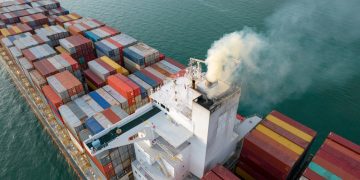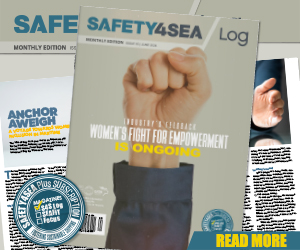Due to recent incidents involving self-heating of coal The Gard P&I Club has issued a loss prevention ciruclar to highlight the importance of checking the accuracy of shippers declarations for all types of coal cargoes.The Club has recently been involved in several incidents of self-heating of coal cargoes and would like to emphasise the importance of treating coal cargoes as liable to self-heat until it has been satisfactorily established that they are not. The Club says that the shippers cargo declaration containing the cargo properties and the associated hazards should be examined in detail1.It should be borne in mind that the information contained in the declaration may be inaccurate. Inaccurate IMSBC Code declarations have been seen in areas such as Indonesia, where large quantities of coal are shipped. More surprisingly, Gard was involved in a recent case where a coal cargo loaded at Richards Bay, South Africa was inaccurately declared as not self-heating coal nor liable to emit methane. Subsequent investigations involving cargo experts, established that the cargo did in fact possess both properties.It is therefore recommended that all coal cargoes are treated as potentially hazardous and liable to self-heat until it can be satisfactorily established that they are not. ...
Read more
































































